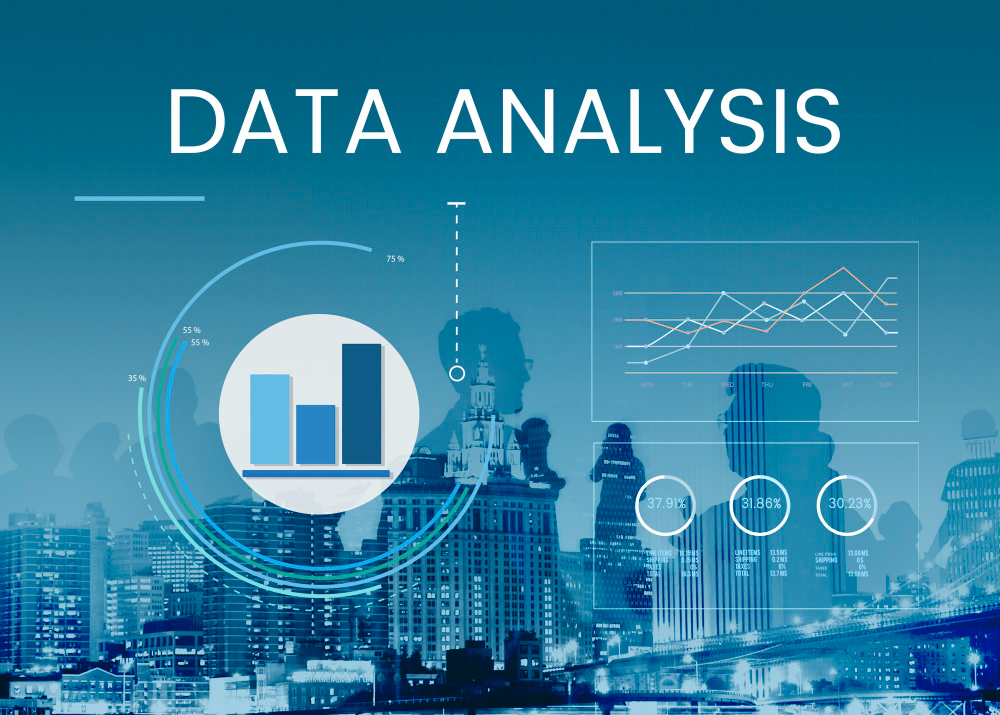Government and Public Services
Use Cases for Generative AI in Government and Public Services
Generative AI has the potential to revolutionize government and public services by improving efficiency, enhancing citizen engagement, and providing innovative solutions to complex problems. Here are two in-depth use cases demonstrating how generative AI can be effectively applied in this sector.

Automated Public Policy Drafting and Analysis Overview
Governments are often tasked with creating, analyzing, and revising vast amounts of public policy documents. These documents include legislative bills, regulations, public reports, and legal briefs, among others. The process of drafting and analyzing such documents is traditionally labor-intensive, requiring the involvement of experts from various fields, including law, economics, public health, and more. Generative AI can significantly streamline this process by automating the drafting and analysis of policy documents, leading to more efficient and data-driven decision-making.
Applications

Automated Drafting
Generative AI can assist in drafting policy documents by generating text based on input from policymakers. For instance, a government official could input key points or objectives, and the AI could generate a coherent draft policy document that aligns with the specified goals. The AI could also ensure that the draft adheres to legal and regulatory standards by cross-referencing existing laws and regulations.
Scenario Modeling
Generative AI can create multiple versions of a policy draft based on different assumptions or scenarios. For example, when drafting economic policies, the AI can generate different versions of a policy document considering various economic forecasts or budgetary constraints. This allows policymakers to evaluate the potential impact of different policy choices before making decisions.


Data-Driven Analysis
Analyzing the potential impact of a policy is a critical step in the policymaking process. Generative AI can analyze vast amounts of data from previous policies, public opinion, and economic indicators to predict the outcomes of proposed policies. This analysis can be presented in the form of reports, visualizations, or even as alternative policy suggestions, allowing policymakers to make informed decisions.
Language Translation and Accessibility
Generative AI can automatically translate policy documents into multiple languages, ensuring that non-native speakers can access and understand them. This is particularly important in multilingual societies. Moreover, AI can also simplify complex legal or technical language, making policies more accessible to the general public.

Impact

Efficiency and Cost Reduction
By automating the drafting and analysis of policy documents, governments can significantly reduce the time and resources required for these tasks. This efficiency gain can free up human experts to focus on more strategic aspects of policymaking.

Enhanced Decision-Making
After identifying a promising lead compound, generative models can optimize it by exploring variations that enhance its therapeutic potential. VAEs, for instance, can explore the latent space of chemical structures to suggest modifications that could improve drug-likeness, solubility, or metabolic stability. This capability significantly reduces the time and cost associated with traditional trial-and- error methods in drug design.

Increased Transparency and Accessibility
Automated translation and simplification of policy documents can make government decisions more transparent and accessible to the public. This can improve public trust and engagement with government processes.
Challenges and Considerations

Accuracy and Bias
While generative AI can produce coherent and relevant policy drafts, there is a risk of inaccuracies or biases in the generated content. It is essential to have human oversight to review and validate the AI-generated documents.
Legal and Ethical Concerns


Public Acceptance
The public and policymakers may be skeptical of AI-generated policies. Building trust in the technology will require transparency in how the AI operates and how its outputs are used in decision-making.
Smart Citizen Services and Personalized Public Assistance Overview
Government agencies often struggle to provide timely and effective services to citizens due to high demand, complex administrative processes, and limited resources. Generative AI can transform citizen services by enabling personalized and proactive public assistance. By leveraging AI to understand and anticipate individual needs, governments can deliver services more efficiently and improve the overall citizen experience.
Applications

Personalized Service Recommendations
Generative AI can analyze citizens' data, such as their interactions with government services, demographic information, and past service usage, to offer personalized recommendations for public services. For example, based on a citizen's employment status, family situation, and health records, the AI could suggest relevant services such as job training programs, childcare assistance, or healthcare options.
Automated Chatbots and Virtual Assistants
Government agencies can deploy AI-powered chatbots and virtual assistants to handle common citizen inquiries, such as renewing a driver's license, applying for benefits, or reporting issues. These AI systems can provide instant responses, guide citizens through processes, and even complete transactions on their behalf. The AI can also escalate more complex inquiries to human agents, ensuring that citizens receive the help they need.


Proactive Public Assistance
Generative AI can identify citizens who may benefit from specific services but have not yet applied for them. For example, the AI could analyze data to identify individuals at risk of homelessness or unemployment and proactively reach out with information on available support programs. This proactive approach can help prevent issues from escalating and ensure that citizens receive assistance before they reach a crisis point.
Streamlined Application Processes
Many government services require citizens to fill out lengthy and complex application forms. Generative AI can simplify this process by pre-filling forms with available data, asking clarifying questions, and generating the necessary documentation. This reduces the burden on citizens and increases the likelihood of successful applications.


Real-Time Feedback and Service Improvement
Generative AI can analyze citizen feedback from various channels, such as surveys, social media, and direct communication, to identify areas for service improvement. Governments can use this feedback to refine their services, address common pain points, and better meet the needs of their citizens.
Impact

Improved Citizen Satisfaction
Personalized and proactive services can significantly enhance the citizen experience. By providing timely and relevant assistance, governments can build stronger relationships with their citizens and increase satisfaction with public services.

Increased Efficiency and Accessibility
Automating routine inquiries and streamlining application processes can reduce the workload for government employees, allowing them to focus on more complex cases. This also makes services more accessible to citizens, as they can receive assistance without navigating complicated bureaucratic processes.

Cost Savings
By automating routine tasks and improving service delivery efficiency, governments can reduce operational costs. The savings can be reinvested in other areas, such as expanding services or improving infrastructure.

Enhanced Social Equity
Proactive public assistance can help address social inequities by ensuring that vulnerable populations receive the support they need. Generative AI can identify those who might otherwise fall through the cracks and connect them with appropriate services.
Challenges and Considerations

Privacy and Data Security
The use of AI for personalized services relies on access to sensitive personal data. Governments must ensure that this data is protected and used ethically, with strict adherence to privacy regulations.
Bias and Fairness
Generative AI systems can inadvertently perpetuate biases present in the data they are trained on. It is crucial to continuously monitor and address any biases to ensure that all citizens receive fair and equitable treatment.


Integration with Existing Systems
Implementing AI-driven services requires integration with existing government systems and databases. This can be technically challenging and may require significant investment in infrastructure and training.
Digital Divide
Not all citizens have equal access to digital technologies. Governments must ensure that AI-driven services are accessible to all, including those who may lack digital literacy or internet access.

Strategic
Partners








Conclusion
Generative AI presents a myriad of opportunities for government and public services. By automating complex tasks such as policy drafting and providing personalized citizen services, AI can significantly enhance the efficiency, accessibility, and responsiveness of government operations. However, these benefits must be balanced against challenges related to accuracy, fairness, privacy, and public trust. As governments continue to explore and implement AI-driven solutions, it is essential to establish robust frameworks for ethical AI use, ensuring that these technologies serve the public good while safeguarding citizens' rights and well-being. Incorporating generative AI into government functions can lead to smarter, more responsive governance, ultimately improving the quality of life for citizens and enhancing public trust in government institutions. As the technology continues to evolve, its role in the public sector is likely to expand, offering new possibilities for innovation and public service delivery.
We will contact
Get a call back
Accordion Widget for Elementor allows you to present plenty of content in a foldable and concise way.
Accordion Widget for Elementor allows you to present plenty of content in a foldable and concise way.
Accordion Widget for Elementor allows you to present plenty of content in a foldable and concise way.
Accordion Widget for Elementor allows you to present plenty of content in a foldable and concise way.
Accordion Widget for Elementor allows you to present plenty of content in a foldable and concise way.

